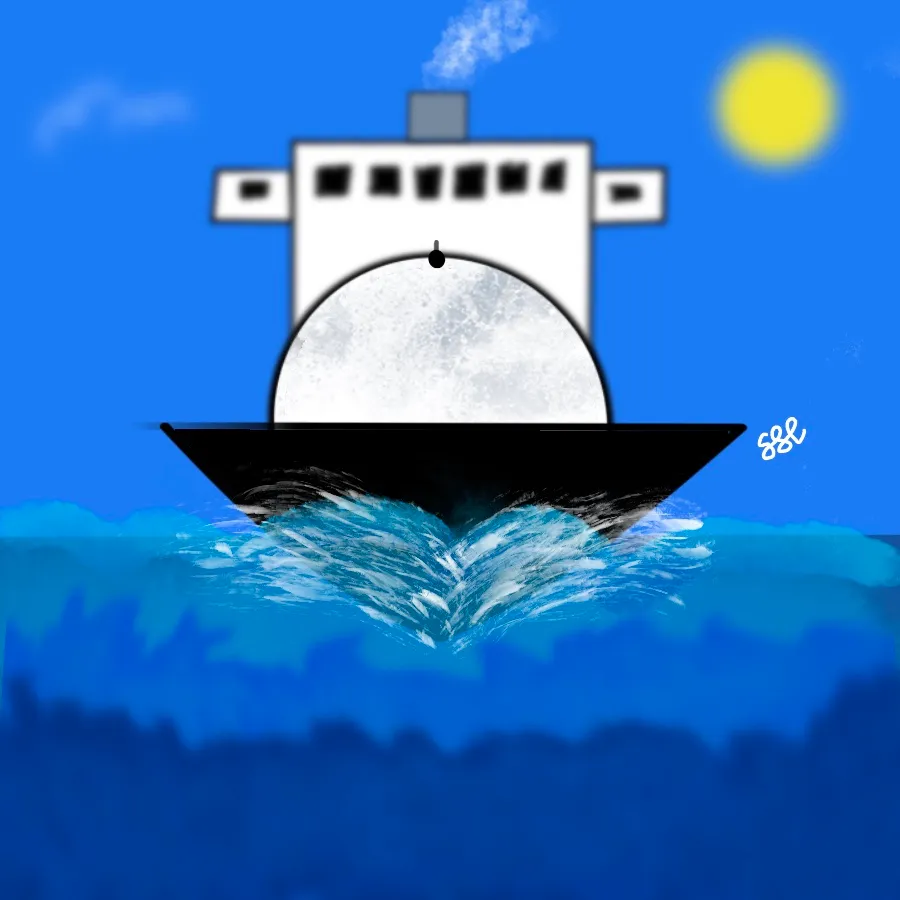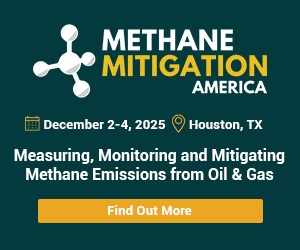
By Geoffrey Cann
I’ve written hundreds of articles about the liquefied natural gas (LNG) industry, and I’m still learning stuff I didn’t know. At an LNG conference last week, I heard speakers share perspectives on a range of topics that warranted a reminder of the nuances of this fascinating industry. Here’s eight things about LNG that you probably didn’t know.
LNG Pricing
Since LNG is mostly methane, an abundantly occurring natural compound, and since we already have a global market for oil with globally consistent pricing, you would think gas would be priced similarly everywhere too. But no.
LNG pricing is typically based on the holy trio of US dollars, long contracts, and indexed pricing. LNG (or tidal natural gas because it’s shipped via ocean-going tankers—see illustration) is priced in USD, frequently locked in long term contracts, and priced with reference to the price of oil. This practice dates back to the very early days of gas trading, the desire for stable and predictable pricing, and the caloric value of gas relative to oil.
The only liberal markets where gas pricing has delinked from the holy trio is North America, who have a super abundance of domestic gas unlocked from hydraulic fracturing and horizontal drilling (an irony totally lost on those who champion gas displacing coal, but decry fracking). When delinked, pricing is based on supply and demand balancing, sometimes in the domestic currency, and on short contracts.
LNG is imported by countries that lack a domestic gas industry, and buyers who want low prices and flexible terms are at the mercy of sellers who want locked in high prices to pay for the investment to get into LNG exports.
LNG and Coal
Many LNG advocates argue that the way to move nations away from using coal for power generation is to simply make natural gas available. As proof, economists point to the US who have dramatically curtailed their national CO2 foot print by substituting natural gas for coal in the power sector. Energy advocates like to argue that North American natural gas supplied from the Gulf coast or the North American west coast to markets in China as LNG will displace coal there too.
But it’s not true. The gas has to be cheaper than coal.
In China’s case, expensive LNG must be first converted back into a gas, and that gas needs to get to the power generation facility, most often by an expensive pipeline. Someone please explain to me how an expensive commodity priced in USD requiring new infrastructure will displace cheap domestic coal that is already in place and paid for.
It’s far more likely the gas will be consumed closer to the coast for power generation. Inbound gas may displace some coal power generation sometimes in some places, but it’s fantasy to think that all that coal fired power generation is about to be retired.
LNG and Ignition
At an industry trade show I attended in Australia, a booth scientist was sharing how LNG behaves in the presence of a flame. He poured some LNG from a stout steel bottle into a much smaller bowl, lit a match, and held the match just over the surface of the LNG, and NOTHING HAPPENED.
Well, not quite nothing.
Eventually enough of the methane vaporized and the surface of the LNG ignited. It reminded me of Bananas Foster, a fun dessert involving sliced bananas, rum, butter, brown sugar, and ice cream—the rum, once warmed up, can be lit.
Burning LNG isn’t what you’d call a furious or excited flame. It was more of a lazy slow flame, and reflective of the rate of evaporation of the methane from liquid to a gas.
LNG will burn, but not in some out of control inferno.
LNG and Explosions
It’s easy to imagine that a cargo of LNG poses some kind of explosion risk. We all have familiarity with the behaviour of propane (another natural gas), used for cooking and barbeques, and how important it is to light the stove or barbeque quickly and in a well ventilated area. Hollywood plays up this risk with dramatic explosions for cinematic effect. Invisible vapours are a legitimate worry around oil and gas infrastructure.
But LNG itself cannot burn. It needs to first vaporize, and the vapours burn. For methane to cause an explosion, it needs to vaporize within an enclosed space in just the right proportions with oxygen and an ignition source. The ‘right amount’ of oxygen is 21% or so of the air, and the right amount of methane is between 5% and 15% of the air. Too little or too much oxygen, and methane cannot combust.
To control methane from combusting at awkward moments, engineers need to control for methane leaks, control the amount of oxygen in the presence of methane, and control for ignition sources (sparks and open flames).
Don’t let Hollywood fool you. LNG carriers are not going to blow up. That’s why he’s smiling.

LNG and Iron
LNG is cold, really cold. It’s not quite the coldest substance in the industrial world. Helium, nitrogen, oxygen, and hydrogen are all cryogenics, but not much beats LNG for its industrial scale. Methane is chilled down to -162 degrees Celsius at which point it turns into a liquid.
If LNG escapes its containment (say, a pressurized and insulated vessel) and leaks, it pools until it has absorbed enough atmospheric energy and evaporates.
Suffice to say, where the LNG pools matters. LNG that is transported by truck or rail stands a chance (a modest chance, but still a chance) to pool on some iron surface, such as a bridge deck or a ship’s hull.
At very low temperatures, below -40°C, iron becomes very brittle and is prone to fracturing under stress. For this reason, many infrastructure owners (rail roads, ports, ships, road systems) are leery about LNG transport on their networks. A minor LNG incident could knock out a bridge very quickly and disrupt logistics for everyone.
This was news to me because the same is true for the other cryogenics that we ship, but LNG gets singled out, possibly because of the volumes involved.
LNG and Ports
LNG is often touted as a replacement fuel for long haul shipping, displacing dirty bunker fuel. Bunker is a nasty product, fills the air around ports with tiny particulates known to cause breathing difficulties, nitrogen monoxide, nitrogen dioxide, and sulphur dioxide, and a host of other crap (vanadium, nickel, iron, ash and sediment).
However, LNG is also regarded as a highly problematic cargo in many ports, to the extent that LNG may not be permitted as a containerized product at a container port. Some ports require LNG containers that are hoisted from the hold of a container ship be placed immediately on a truck and hauled away. This creates added complexity for today’s highly automated, lights-out port operations.
It’s paradoxical that ports may be competing in the future by offering LNG bunkering services to vessels calling on the port, but at the same time prohibiting LNG to be stored at the port. It’s not clear how both of these conditions can exist at once at the same port.
LNG and ISO Containers
We’ve all seen liquid petroleum containers on the move. These are large tanks on trucks and rail cars that are ferrying some liquid from point A to point B. LNG can also be transported in one of these ISO vessels, provided the tank is well insulated, because of a quirk about LNG in its liquid state.
Provided the vessel is completely full, the tank meets ISO standards, and the LNG is chilled below its boil off temperature, LNG can remain in its liquid state in the tank for up to 90 days without fear of the liquid state-transitioning back to gas and overpressurizing the tank.
Because of this phenomenon, LNG can be stored in these relatively small vessels or bottles, and shipped long distances by truck or rail, or delivered by ship to small ports and communities that are not economically served by bulk LNG carriers.
LNG and Availability
After Russia invaded Ukraine, Germany concluded that their reliance on Russia’s natural gas was a security risk, and they set out to correct their situation by building tidal import facilities, and by purchasing LNG on the open market. This winter just past, less rich nations complained about how their normally expected gas rations were suddenly diverted to Germany.
How can gas on long contract be diverted like that?
LNG contracts will have clauses that allow the buyers and sellers to divert contracted gas, normally due to weather events (buyer’s winter is too mild for the amount of gas on order) or mishaps (the seller or buyer experiences some incident that knocks out their ability to ship or receive). Some sellers took advantage of those provisions and diverted contracted gas to the spot market. It won’t be a lot of gas per contract, but over a large enough market, the spot market looked sufficient to allow Germany to sustain its heating needs through the winter.
The contracts may not permit sellers to do this again this coming winter, hence Germany’s scramble to lock in whatever it can.
Conclusions
LNG is a wondrous fuel with loads of potential for humanity, but it does have its quirks. The next time you hear some magical story about how LNG will save the world, or some equally gloomy review of its potential to destroy the planet, dust off this article for a sense check.
Artwork is by Geoffrey Cann, and cranked out on an iPad using Procreate.
Share This:




 CDN NEWS |
CDN NEWS |  US NEWS
US NEWS 






























